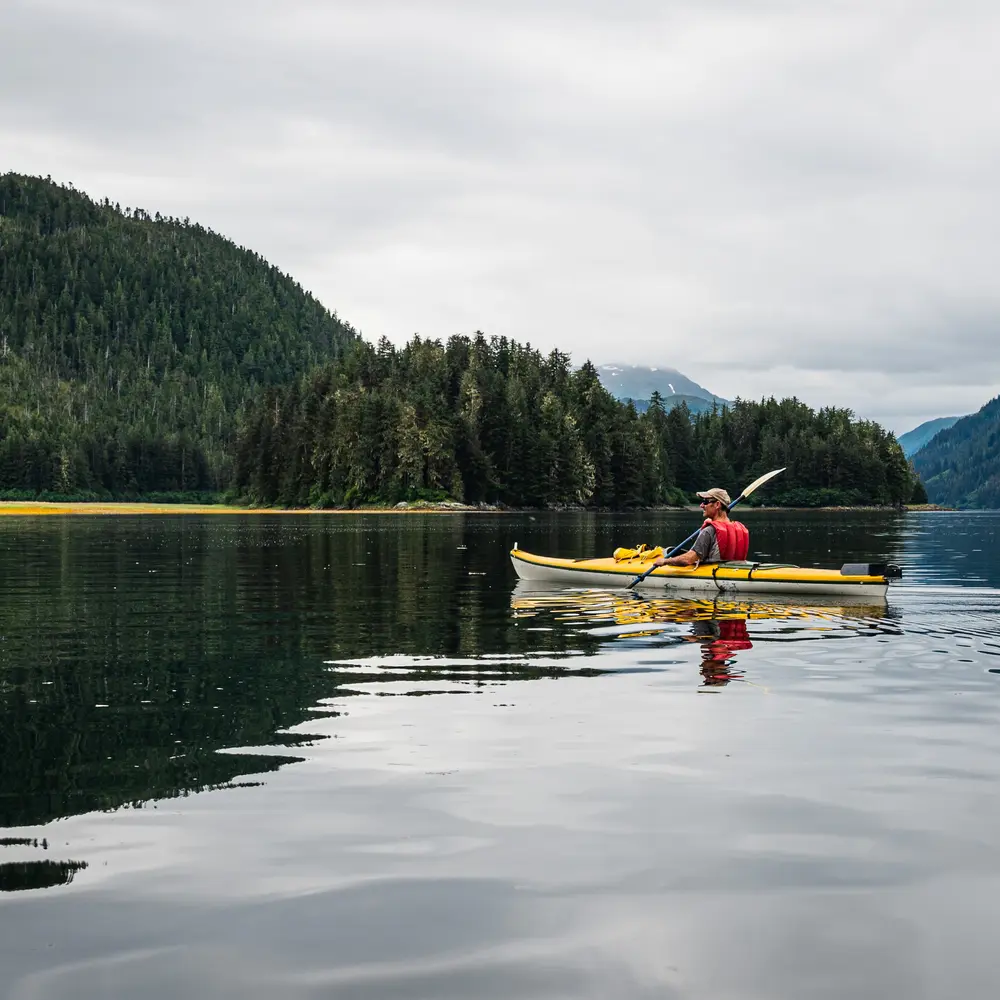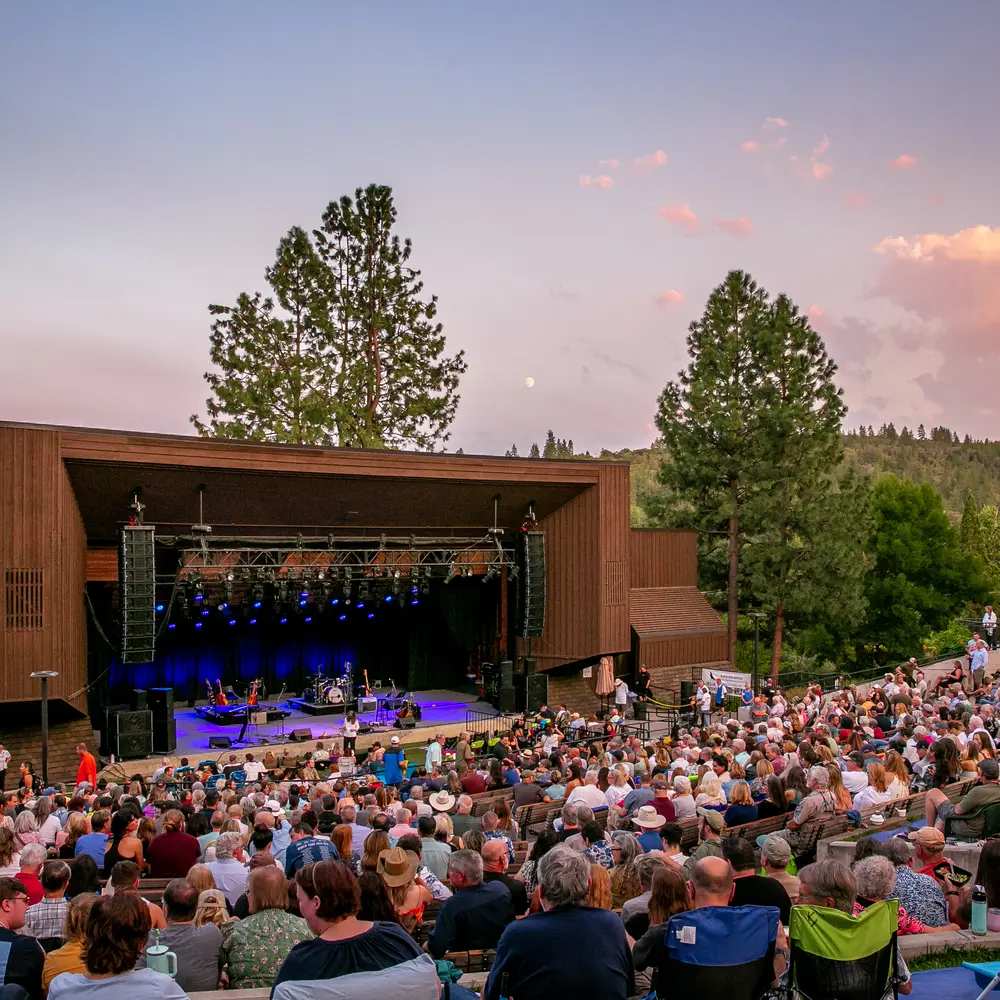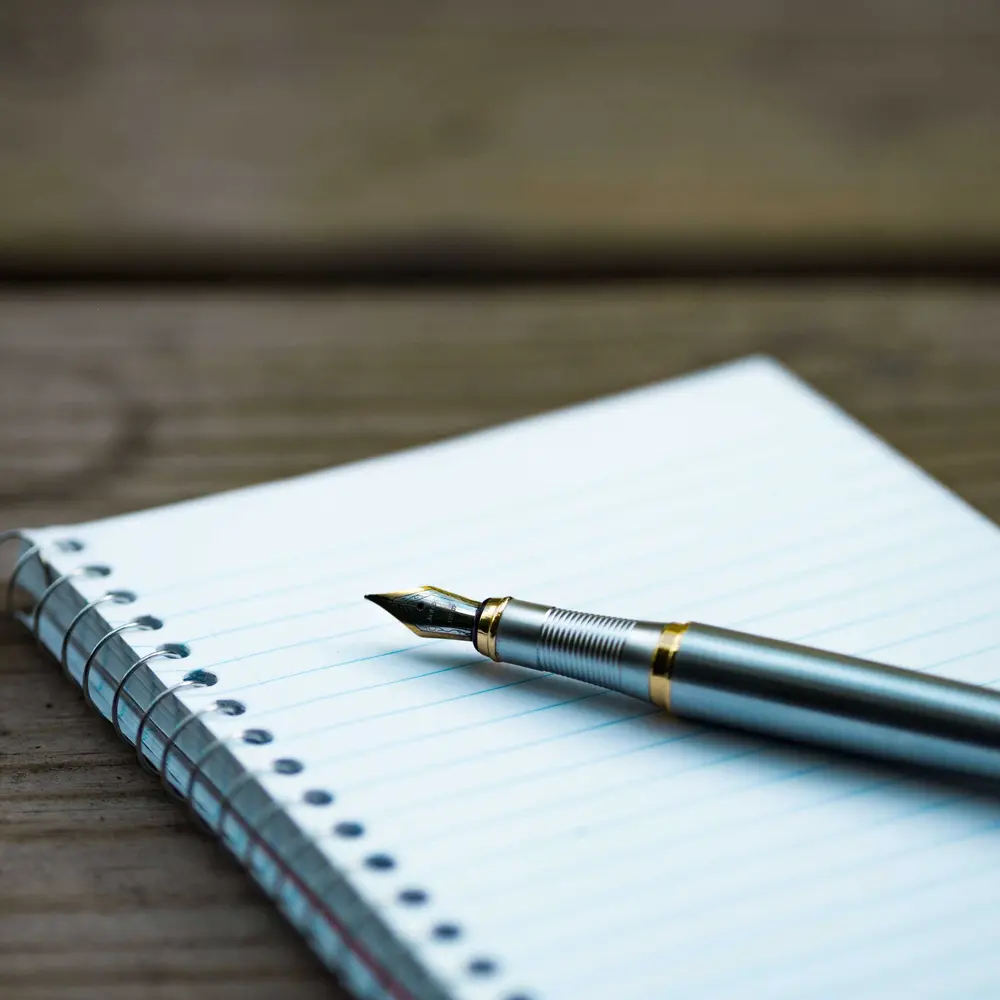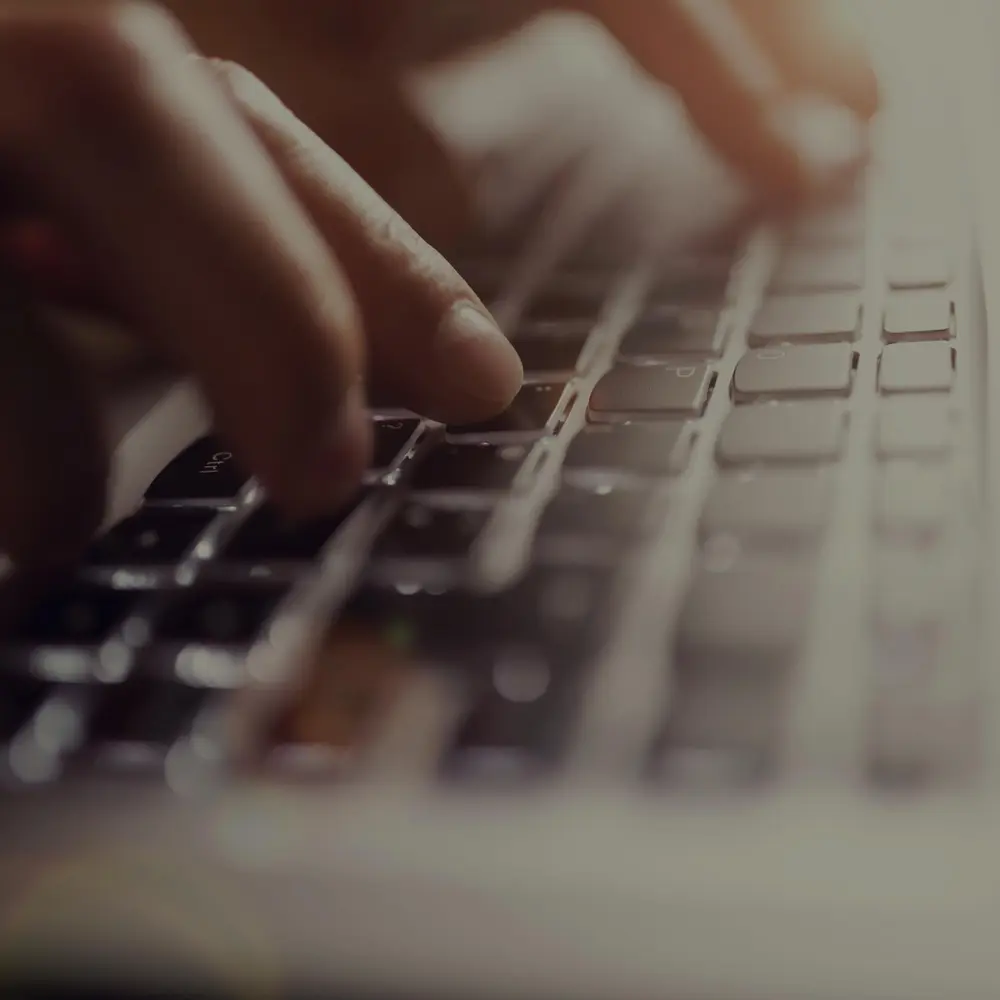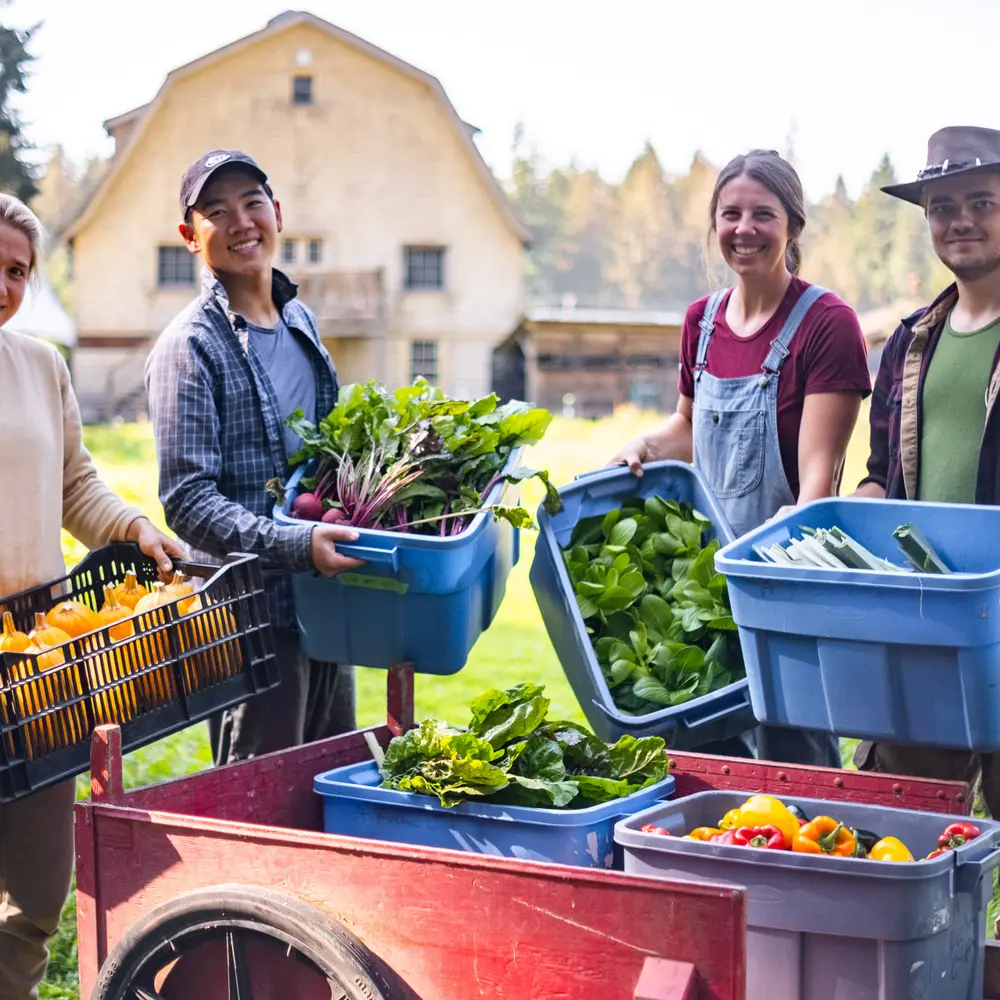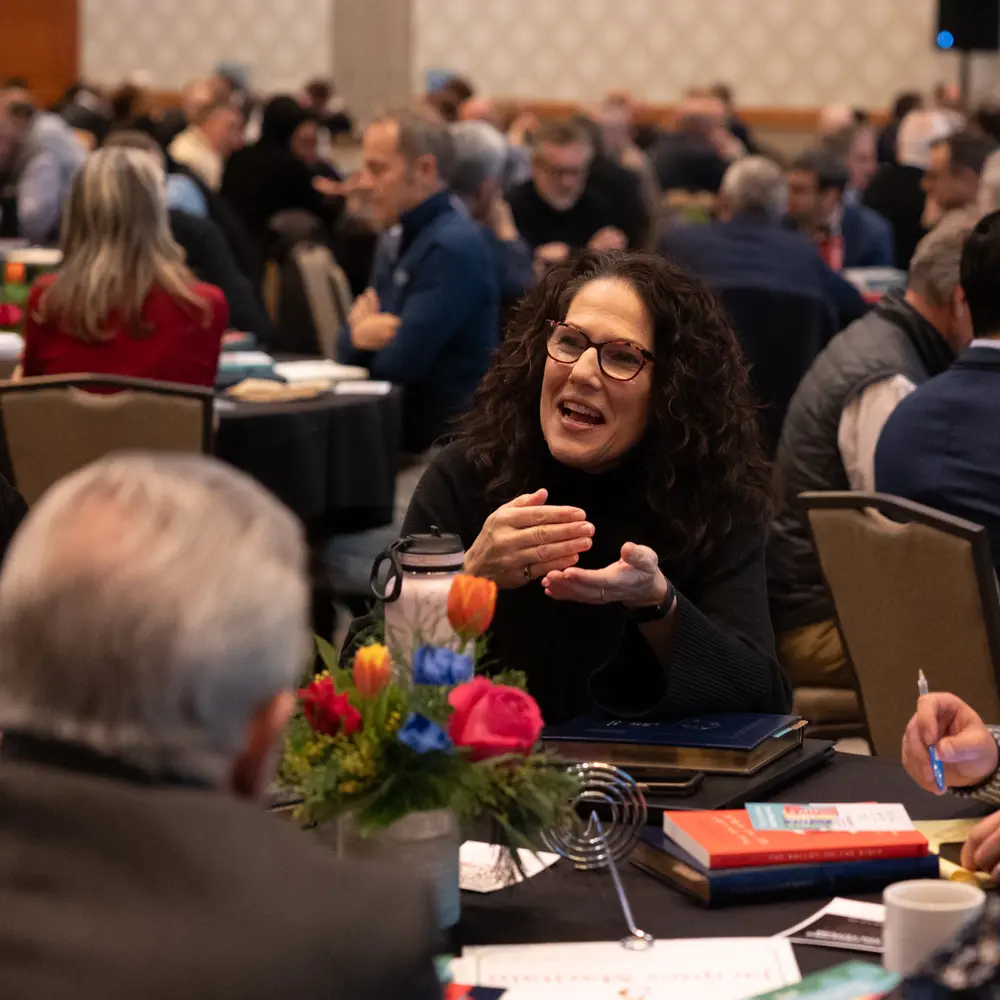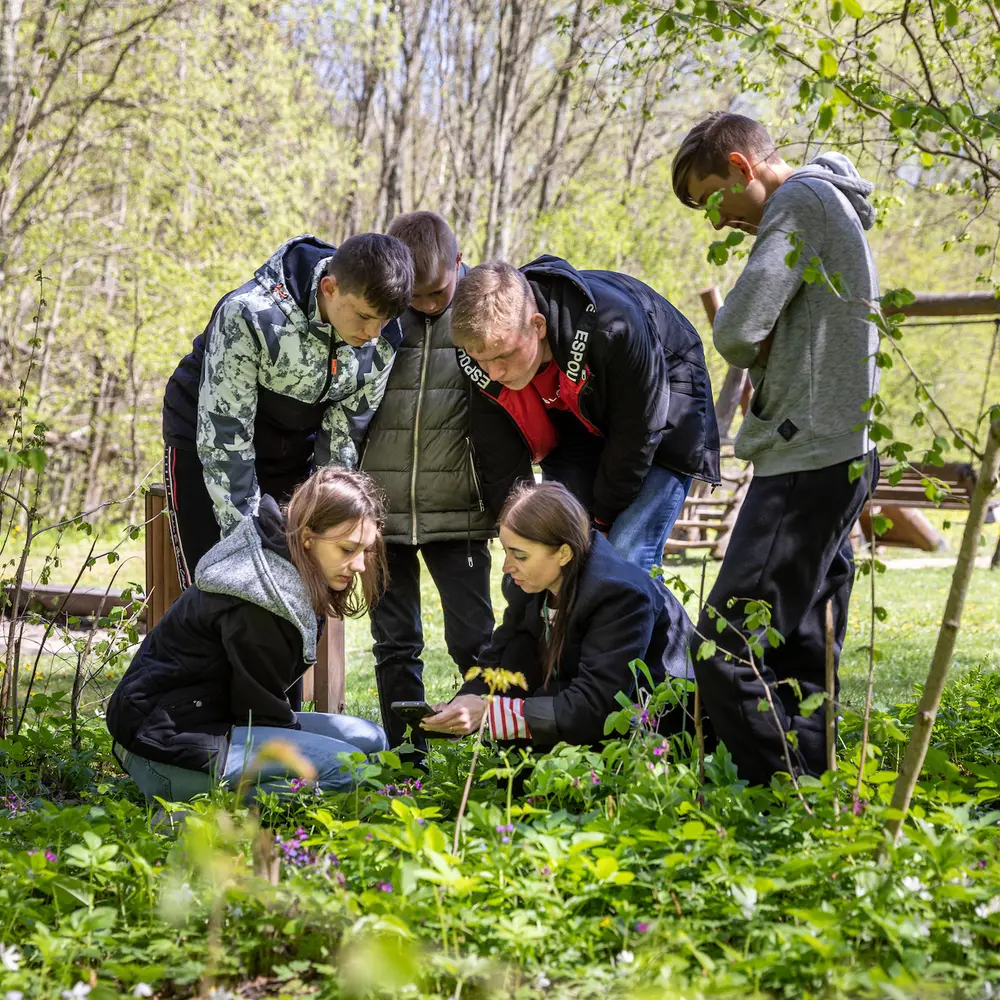In the heart of Boise, along the bustling Chinden Boulevard in Garden City, a remarkable transformation is taking place. The former Dixon Container building—a 1950s warehouse once devoted to the business of selling cardboard boxes—is being reimagined as something entirely new: a creative container for artistic innovation and community connection.
Lauren Edson Dance (LED), a multimedia arts organization that fuses dance, original music, and film into immersive storytelling, is converting this historic warehouse into a new performing arts space. It’s precisely the kind of bold, community-centered initiative the Murdock Trust is proud to support. In 2024, we partnered with LED through a grant to invest in this visionary project, and we recently followed up with LED Artistic Director Lauren Edson to hear more about the journey.
Lauren and LED co-founder and Creative Director Andrew Stensaas launched LED in January 2015. Since then, their innovative performances have played a key role in elevating Boise’s arts scene. LED’s mission is to create original, meaningful art that enriches the human experience, and they’ve done just that, staging performances in nearly every major arts venue in the city. But now, they’re creating a permanent home of their own.
“We believe we need a home that’s a sacred place for artists and artmaking—a place where community can gather,” Lauren shares.
The warehouse’s location is ideal: nestled along the Boise Greenbelt in a neighborhood where art studios and creative businesses are flourishing. “So much of what we imagined for sharing our art, and providing a platform for other artists, is that the experience starts from the moment you walk through the door,” Lauren explains. The space seemed to echo that vision, with a layout and footprint well-suited to welcome audiences.
LED is committed to honoring the building’s history while reimagining its future. “We value the history of the place and how we can in some ways use that as a jumping-off point,” Lauren reflects. “We call it a creative container. It’s not the Dixon Container anymore, but it’s a container that we’ll be thinking outside the box from, too.”
This blending of legacy and vision reflects LED’s larger approach. They’re not simply repurposing a building—they’re building a bridge: between past and future, between established and emerging artists. Their new space will be more than a performance venue; it will be a hub for mentorship, collaboration, and inspiration.
“Inspiration is everything,” Lauren emphasizes. “As a young person, you have to be inspired by people doing bold things in your community.” She remembers being just six years old when she saw a professional dancer from Boise for the first time. “It’s actually a rare thing to see that.”
LED’s plans extend well beyond the stage. Through pre-professional programs in dance, choreography, music, composition, and film, they aim to nurture the next generation of artists. “How amazing would it be if we could be that resource to help mentor and coach young people that really could be the next leaders in the arts here?” Lauren asks. “That’s a big part of what we’re trying to do.”
This visionary transformation exemplifies the Murdock Trust’s commitment to innovative thinking, creative resource stewardship, and sustainable community impact. By turning an underused industrial building into a dynamic arts hub, LED is investing in a creative future that will serve Boise for generations to come.

